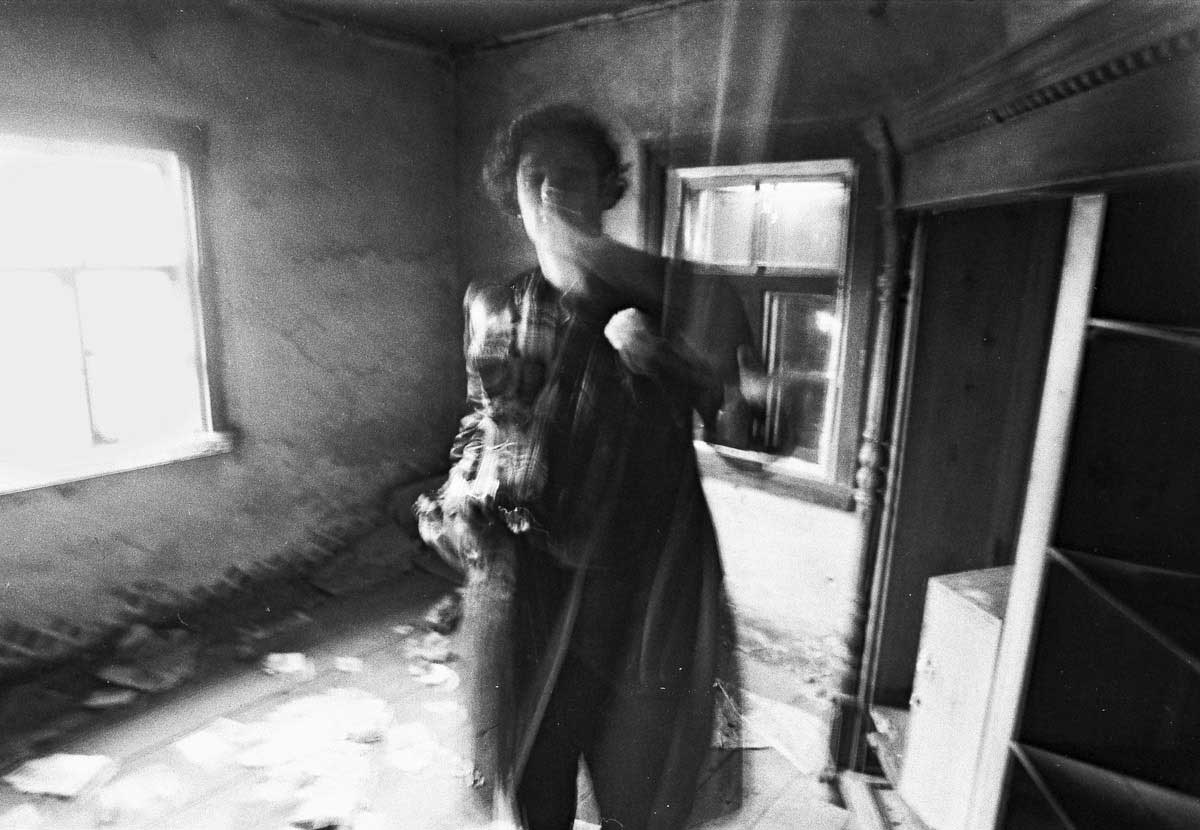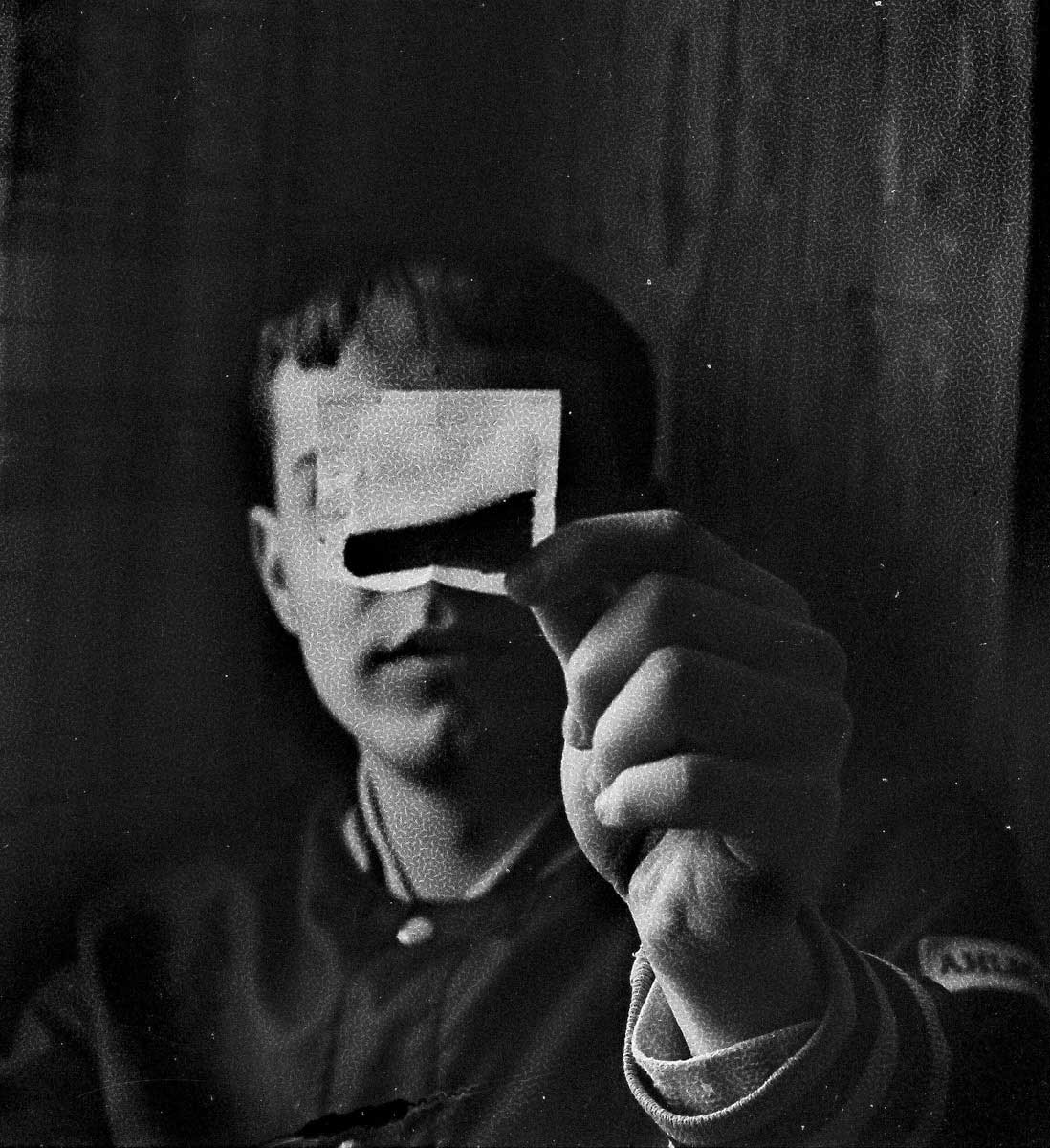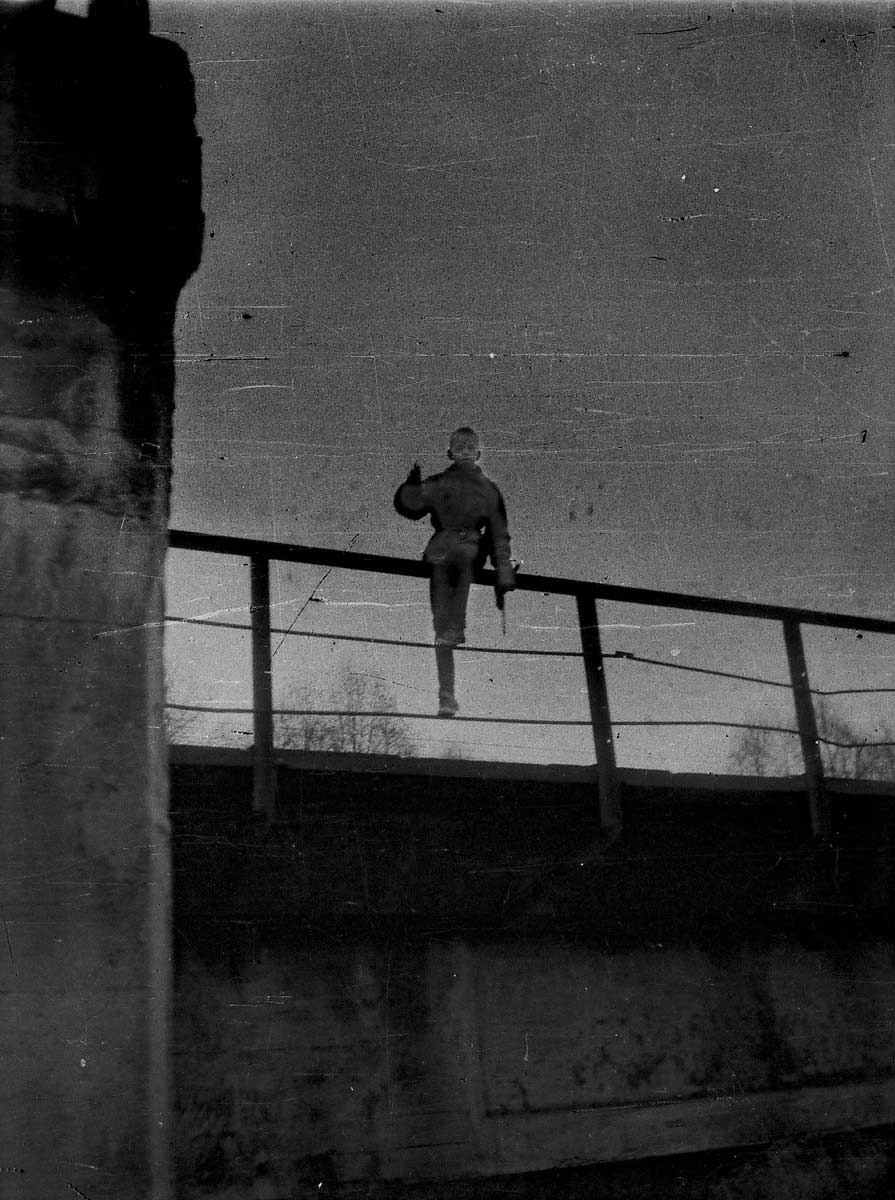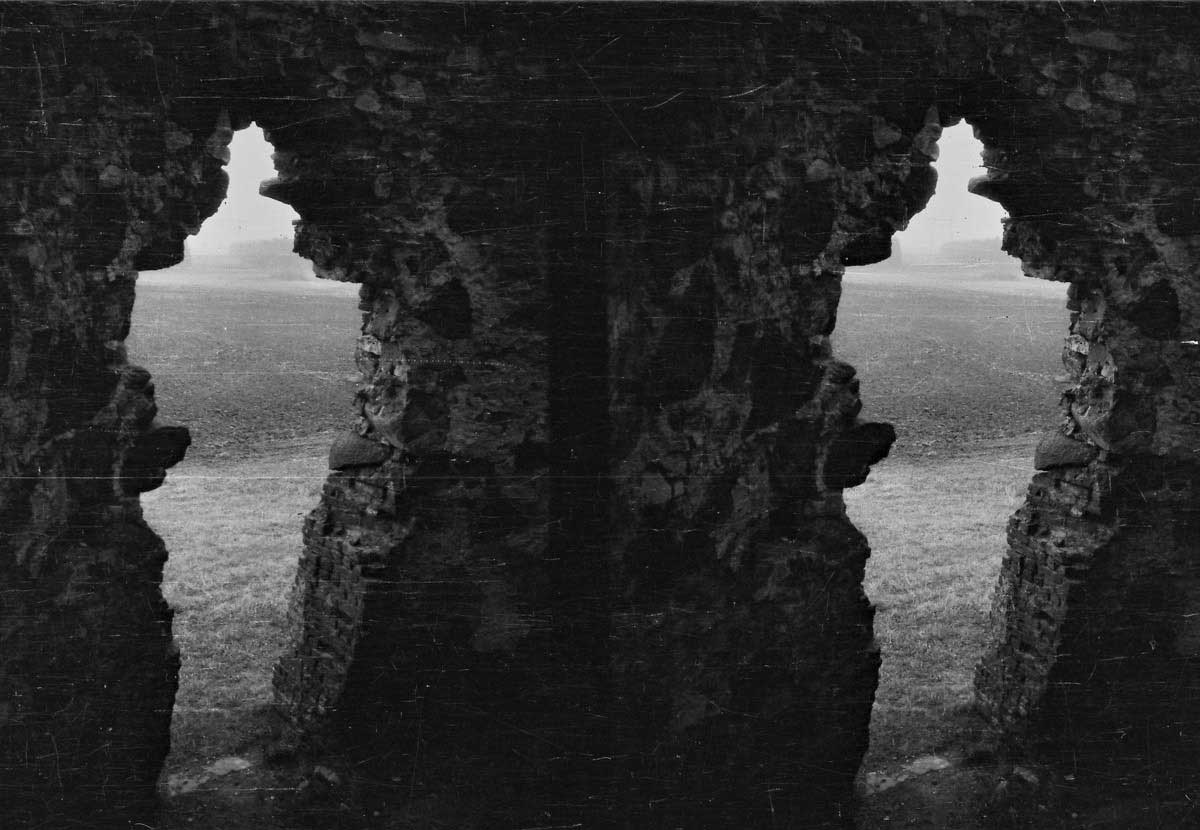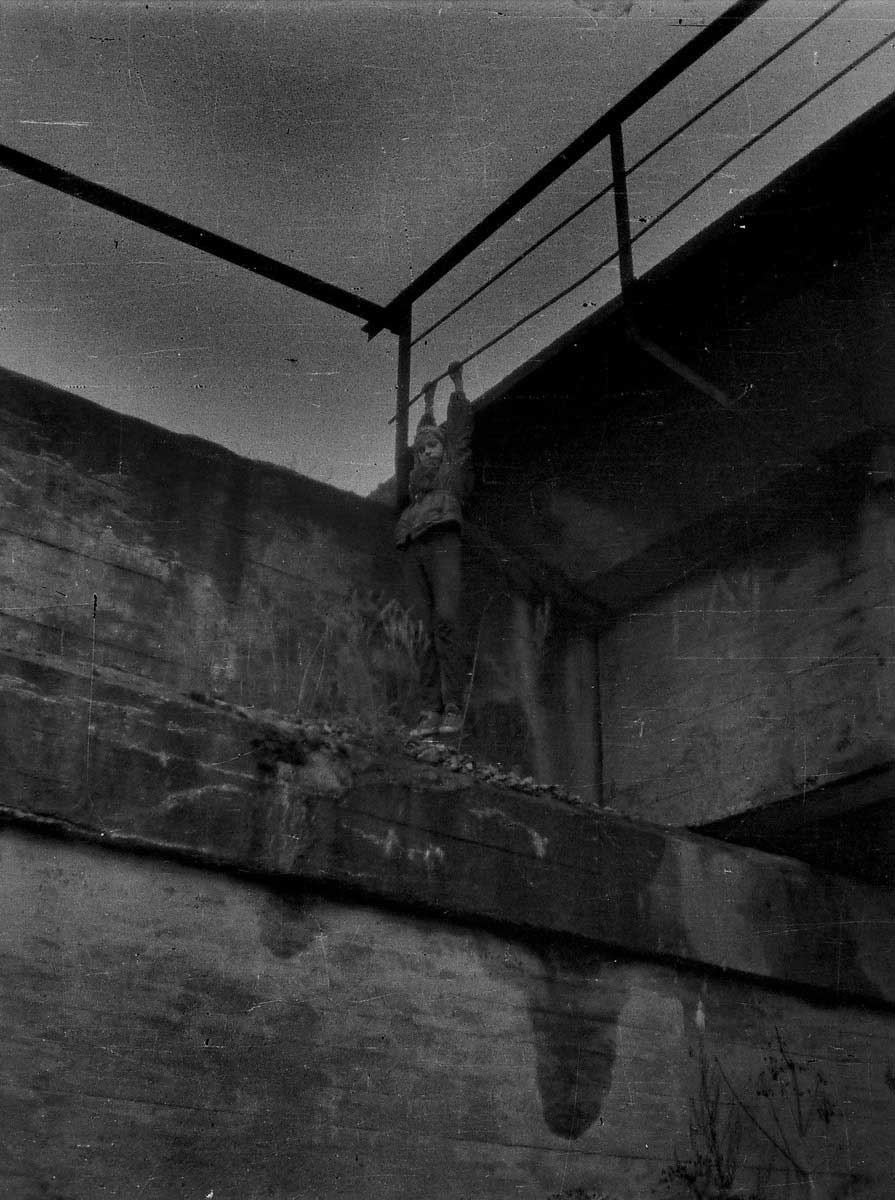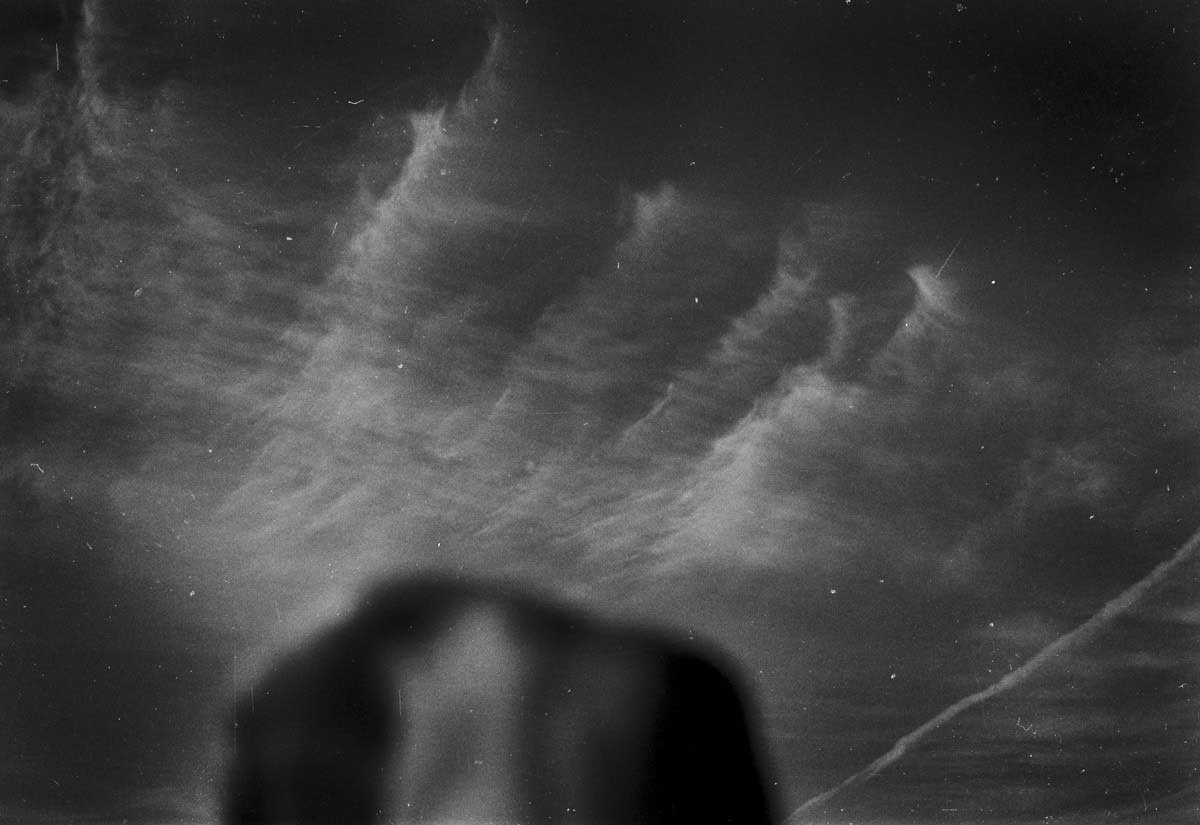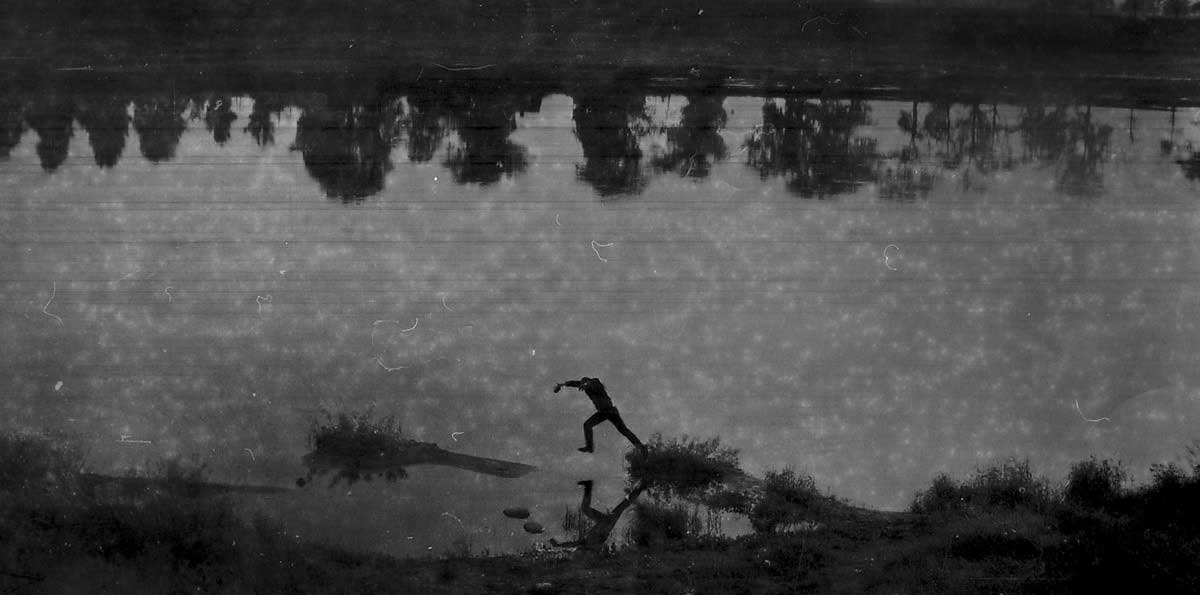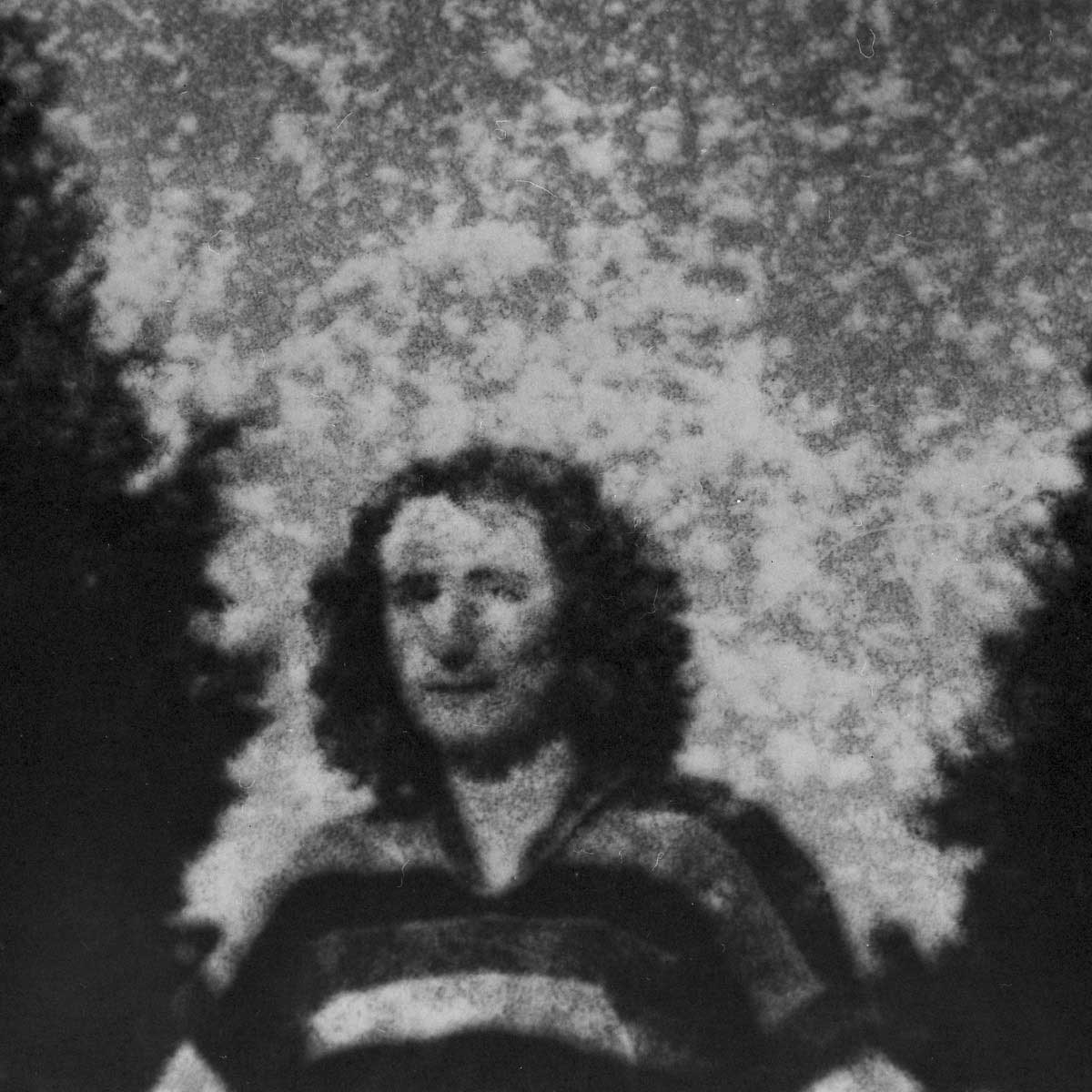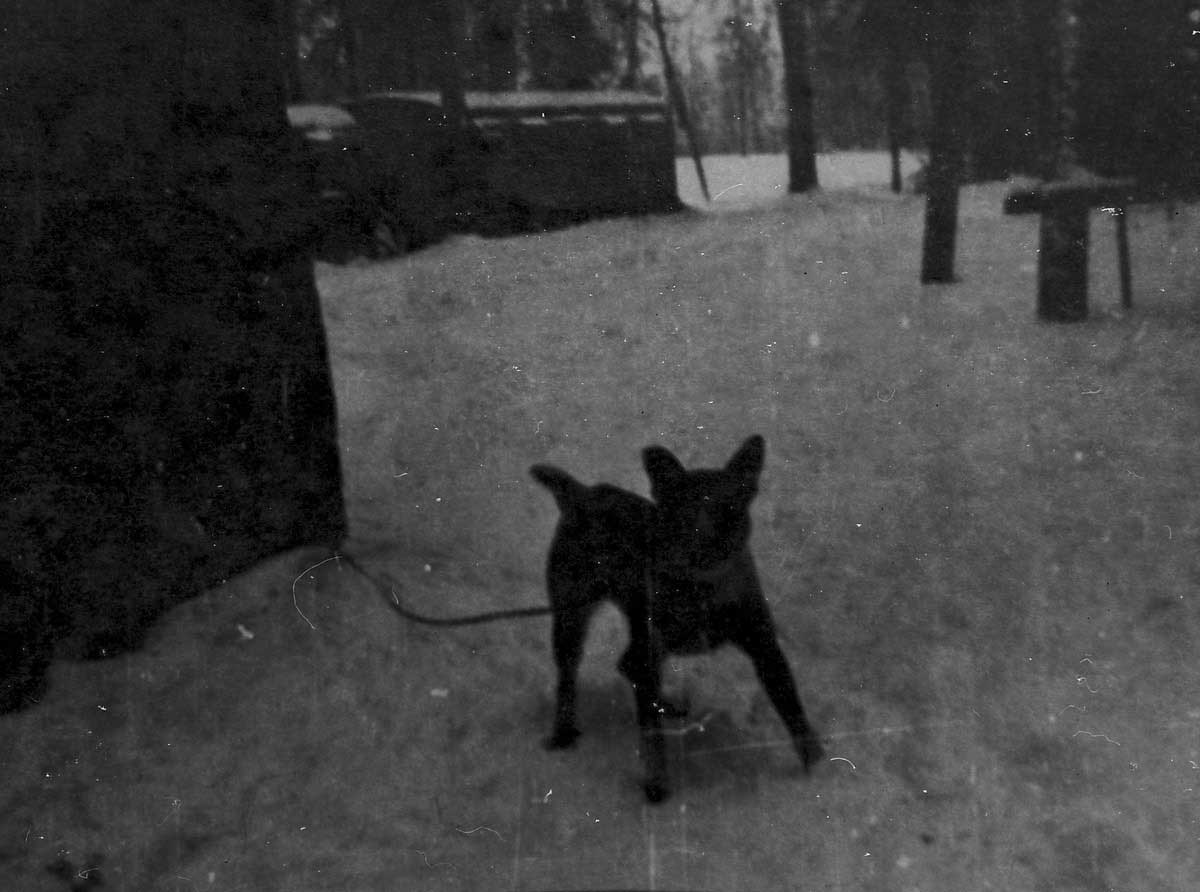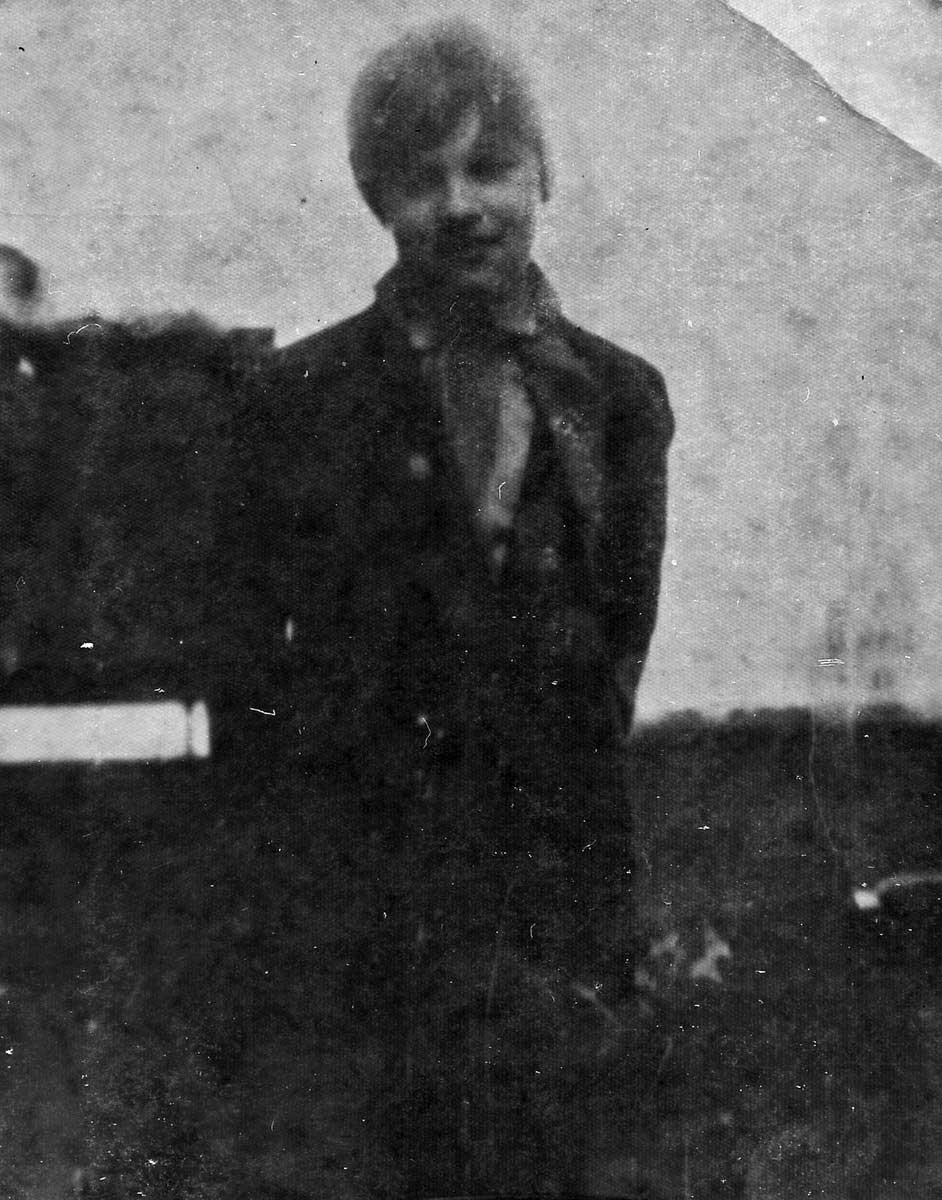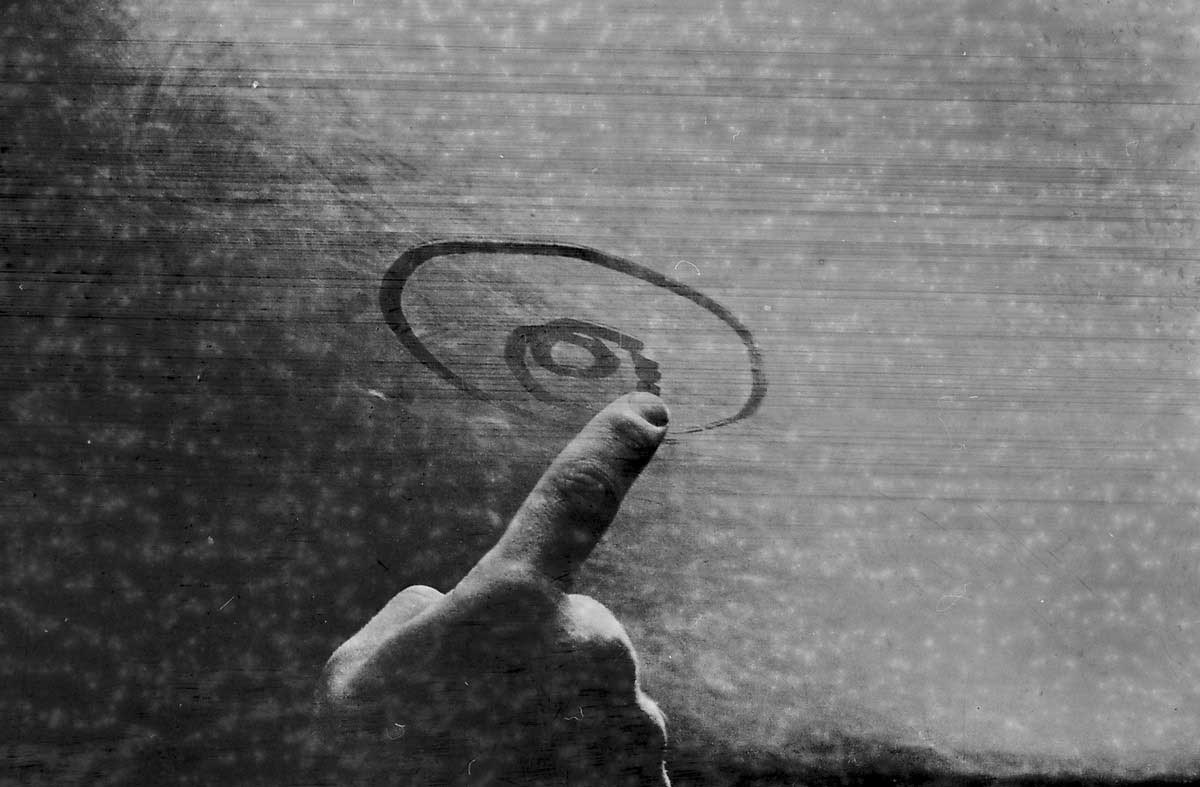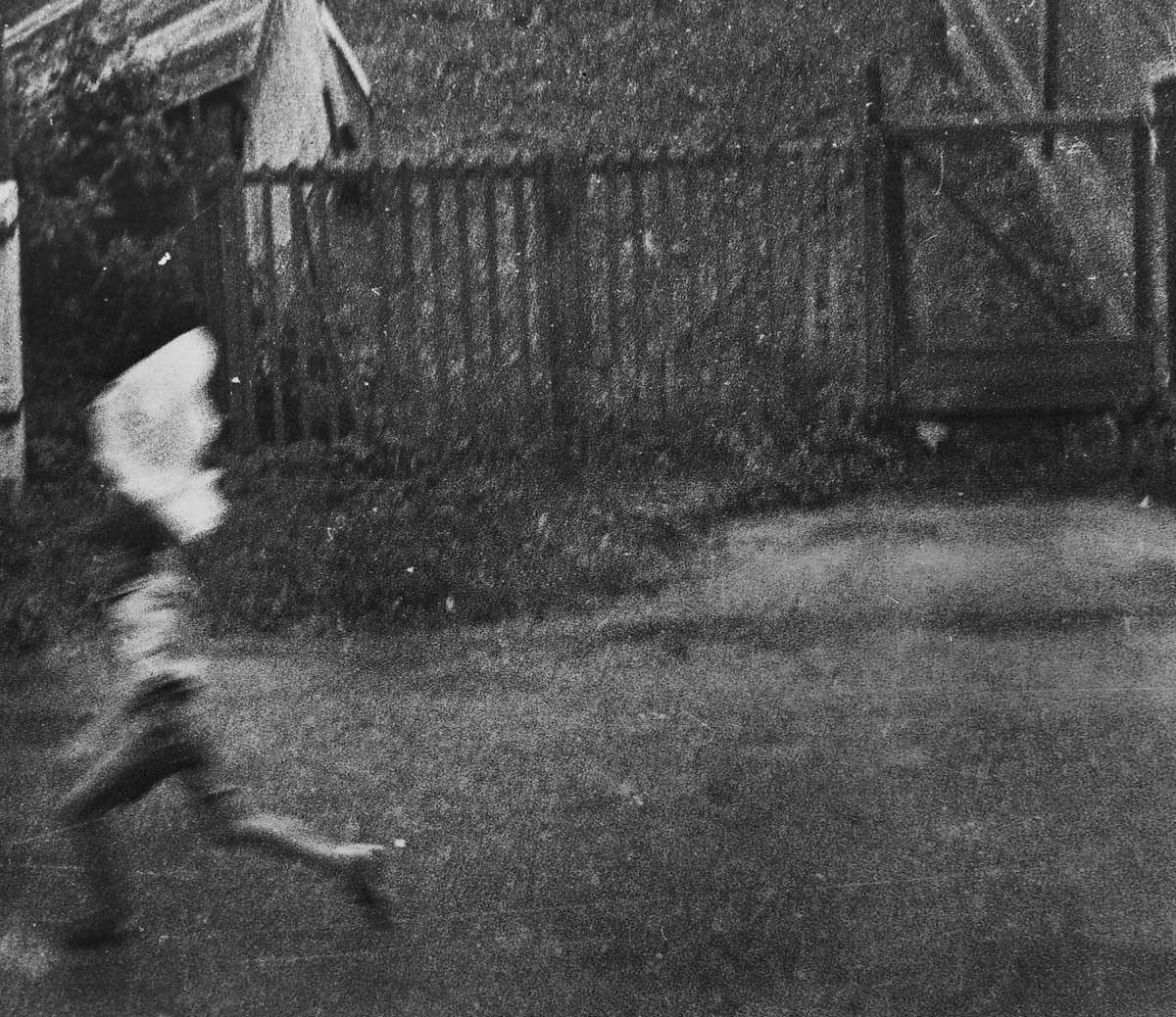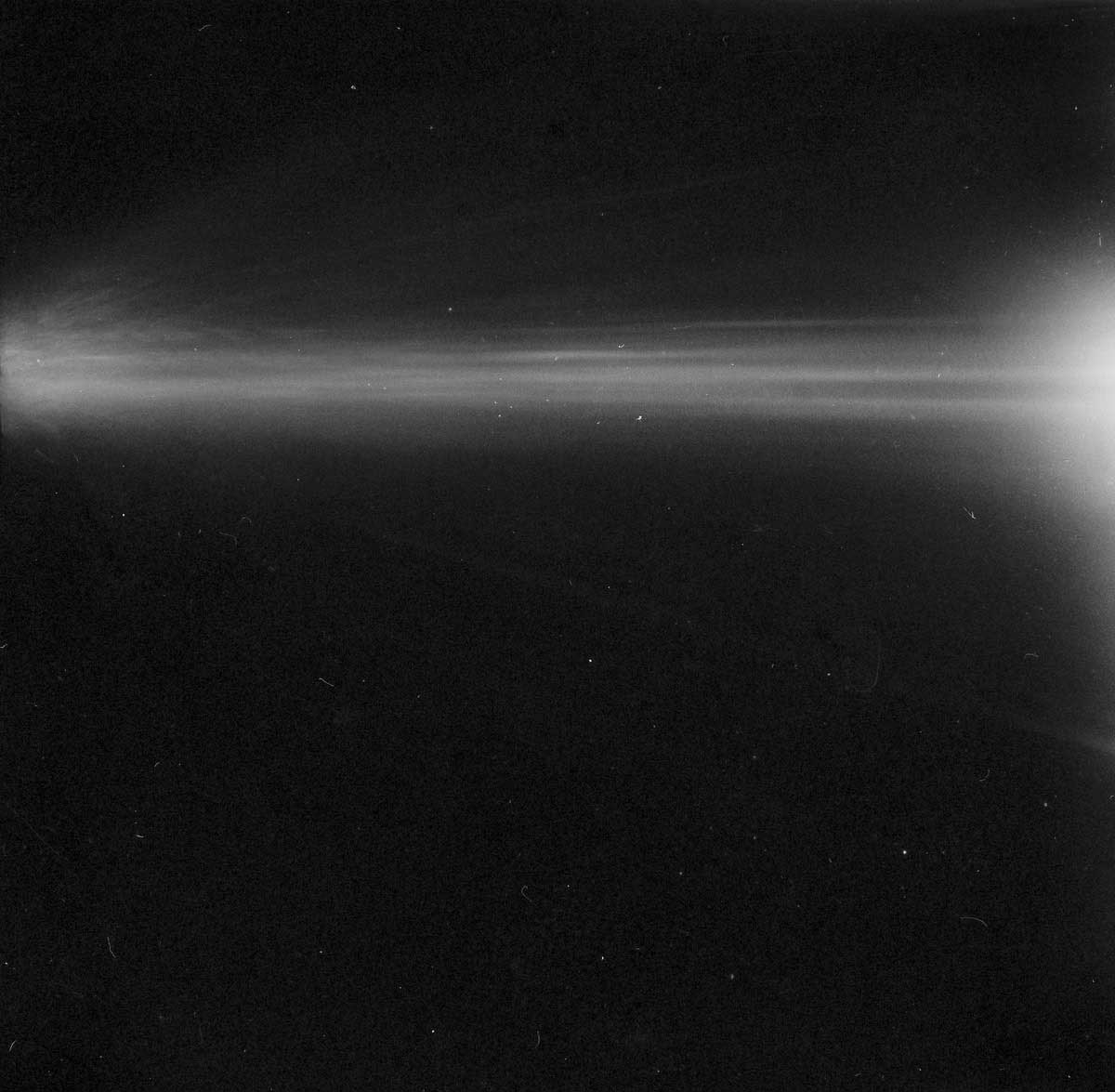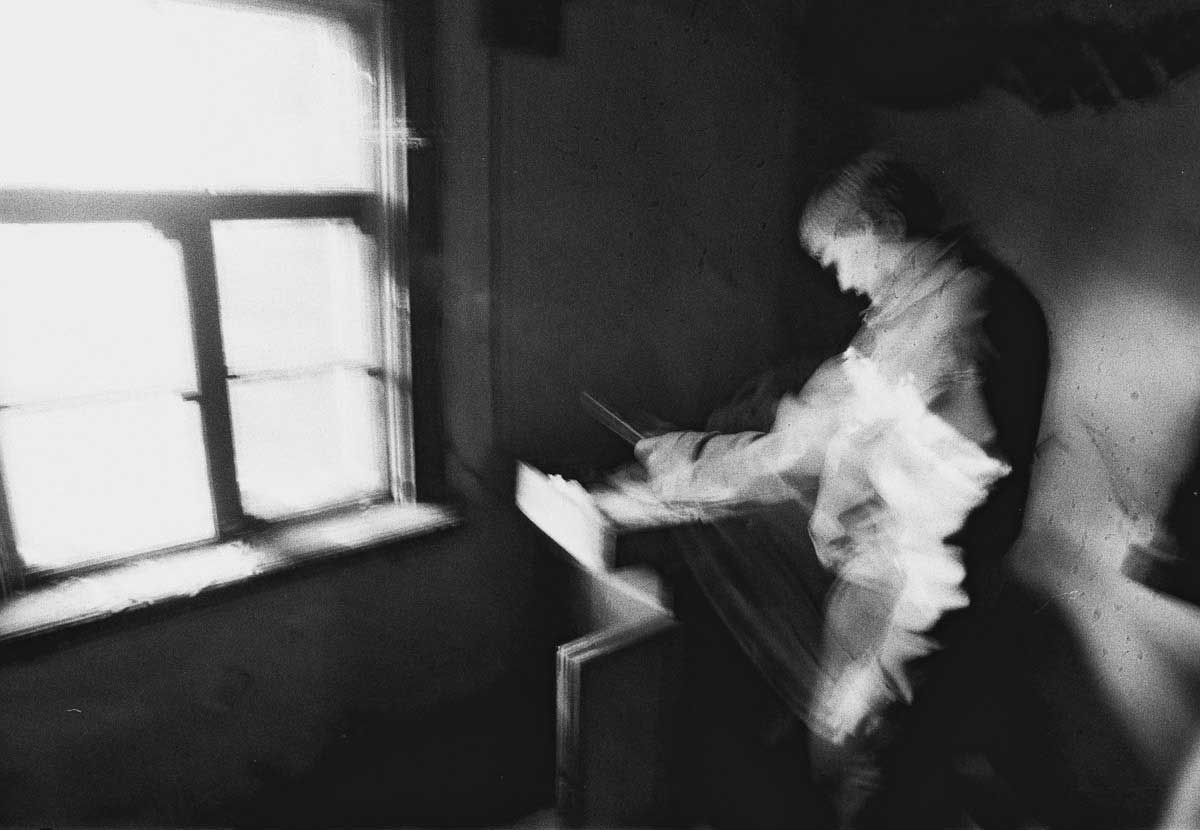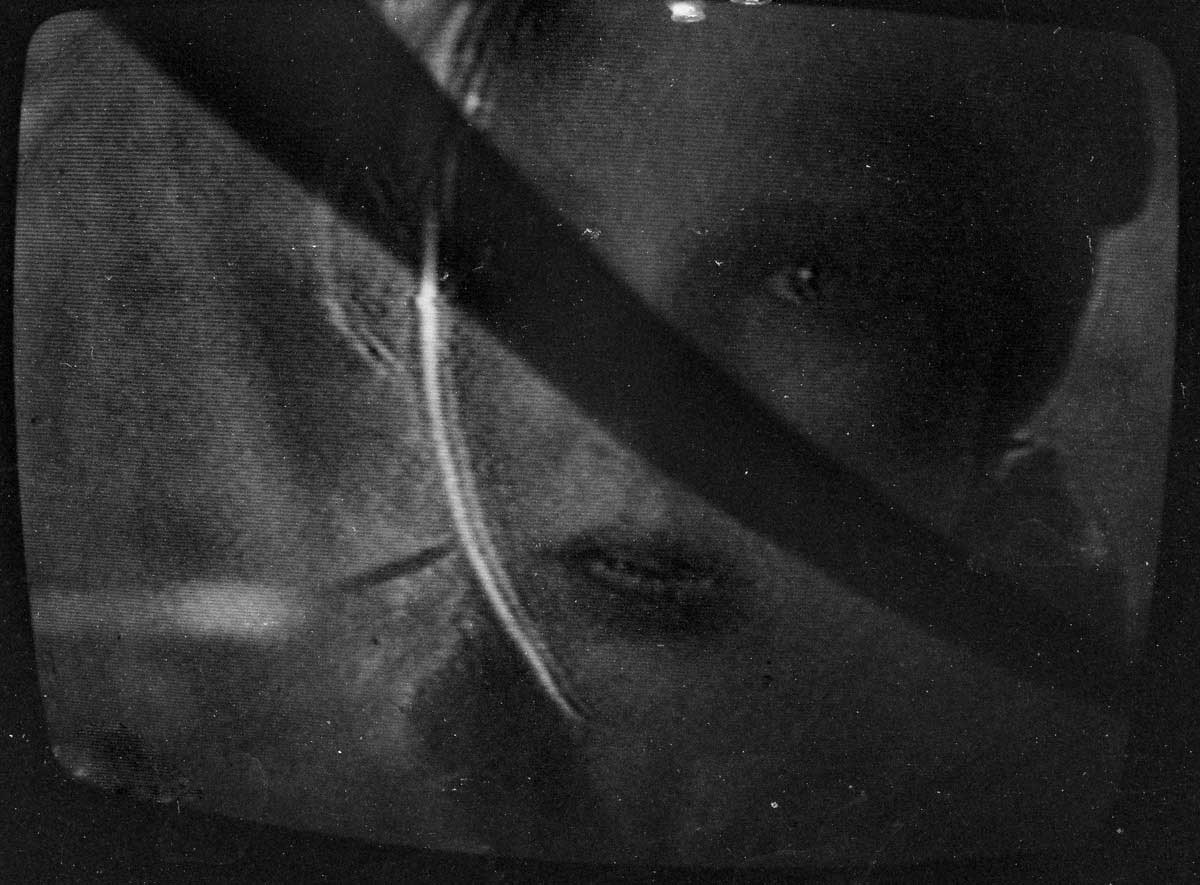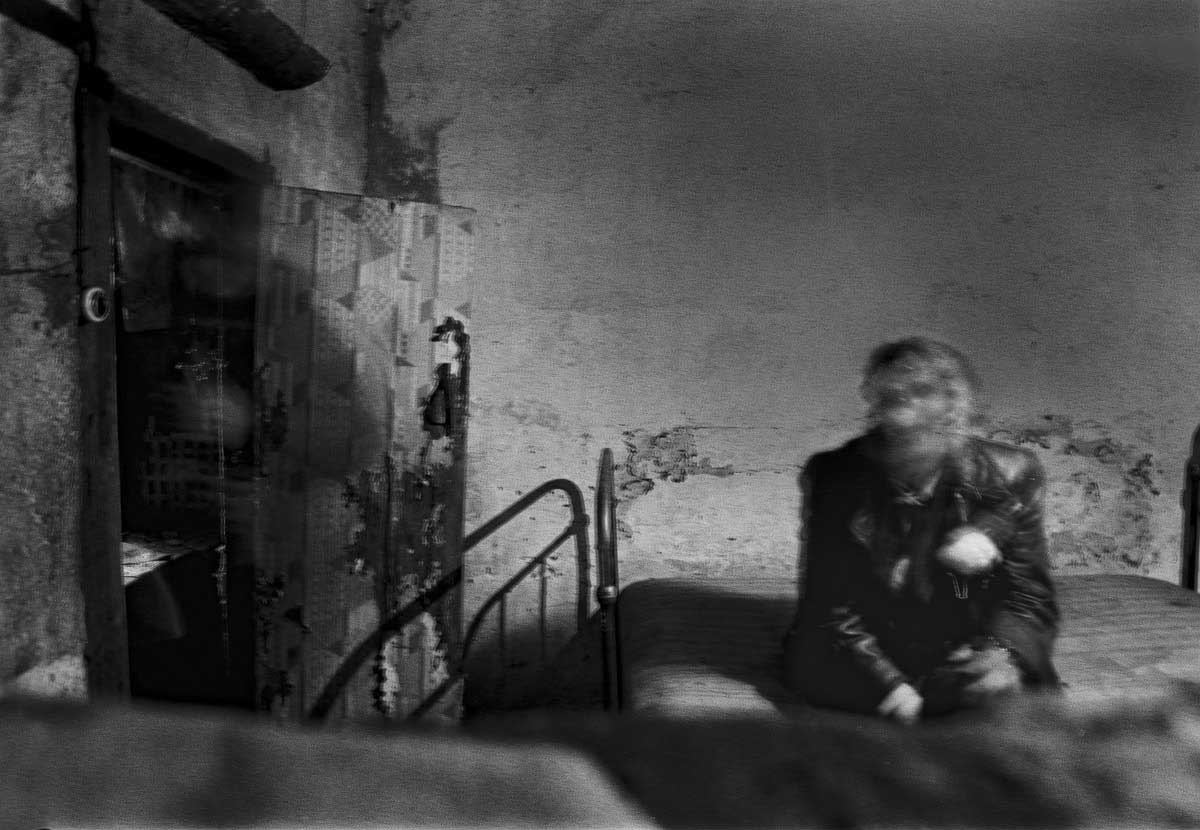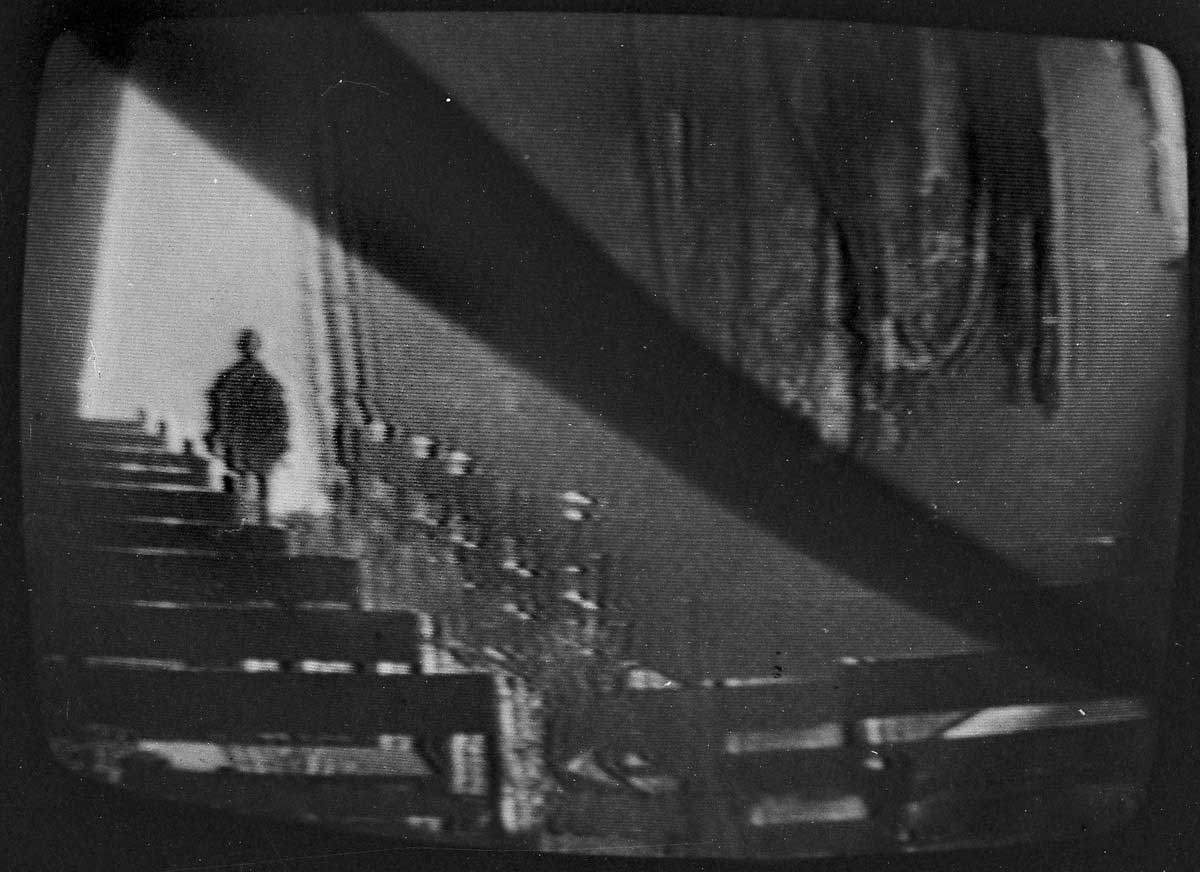My most vivid and, at the same time, traumatic childhood memories are associated with fear of death and the different coping mechanisms for dealing with it.
These works are products of a subjective study, which was undertaken in order to make sense of the origins of my memories and trace their ambiguous links to my family, home and socio-political context.
It is my firm belief that photography can capture more than just the visual reality. For me, every image carries layers of profound, tacit meanings. The cryptic nature of photography notwithstanding, this medium delivers messages whose very inexplicability is their fundamental feature. These profound, elusive meanings, which resist logical explanation and interpretation, are the very core of each image. They are read subconsciously and intuitively. Paradoxically, what may seem like the simplest of images are, in fact, most densely saturated with encrypted contents. These images are vernacular – products of a genuine emotional response to experience.
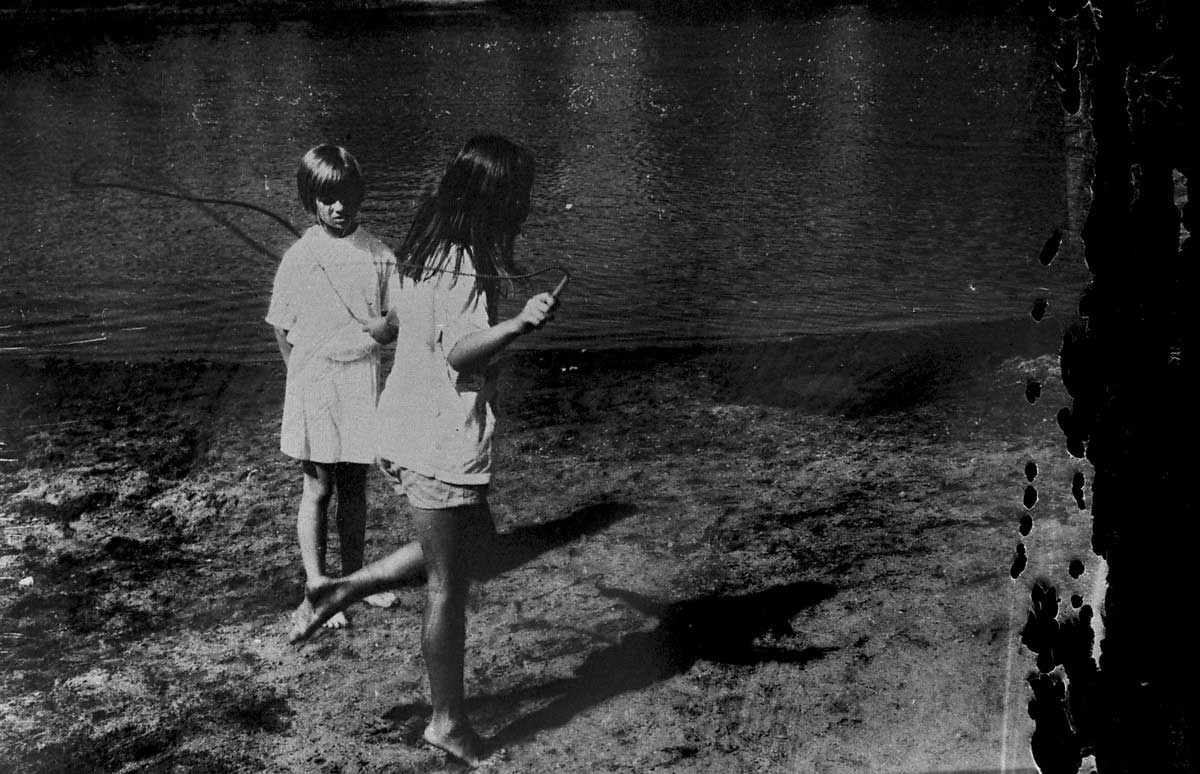
I have been practicing photography since I was twelve years old (1987). In a sense, my first attempts at photography were an existential reflection on morbid fear of death. They occurred at a time of dramatic socio-political change, when Latvia was in the process of secession from the Soviet Union. I have vivid memories of mandatory participation in celebratory parades, civil defence training to prepare for possible nuclear war, my parents’ guarded comments on political issues, such as Stalin’s deportations, clandestine watching of horror films illegally imported from the West, etc.
Effectively, this study is an exploration of my childhood photo archive and my family archive, as I look for visual clues to confirm my recollections of fear of death. Subsequent work with these images involves re-photographing them, occasionally focusing on a tiny fragment and enlarging it. When I approached this task, my conscious decision was to use old Soviet film rolls. Quite literally and on a physical level, it helped me connect with the contents of the archive and the memories it holds in the context of media materiality. Using old film rolls, whose emulsion is on the verge of deterioration, and taking multiple shots of old photographs yielded images that appear distorted and scratched, full of “visual noise” and other unexpected defects.
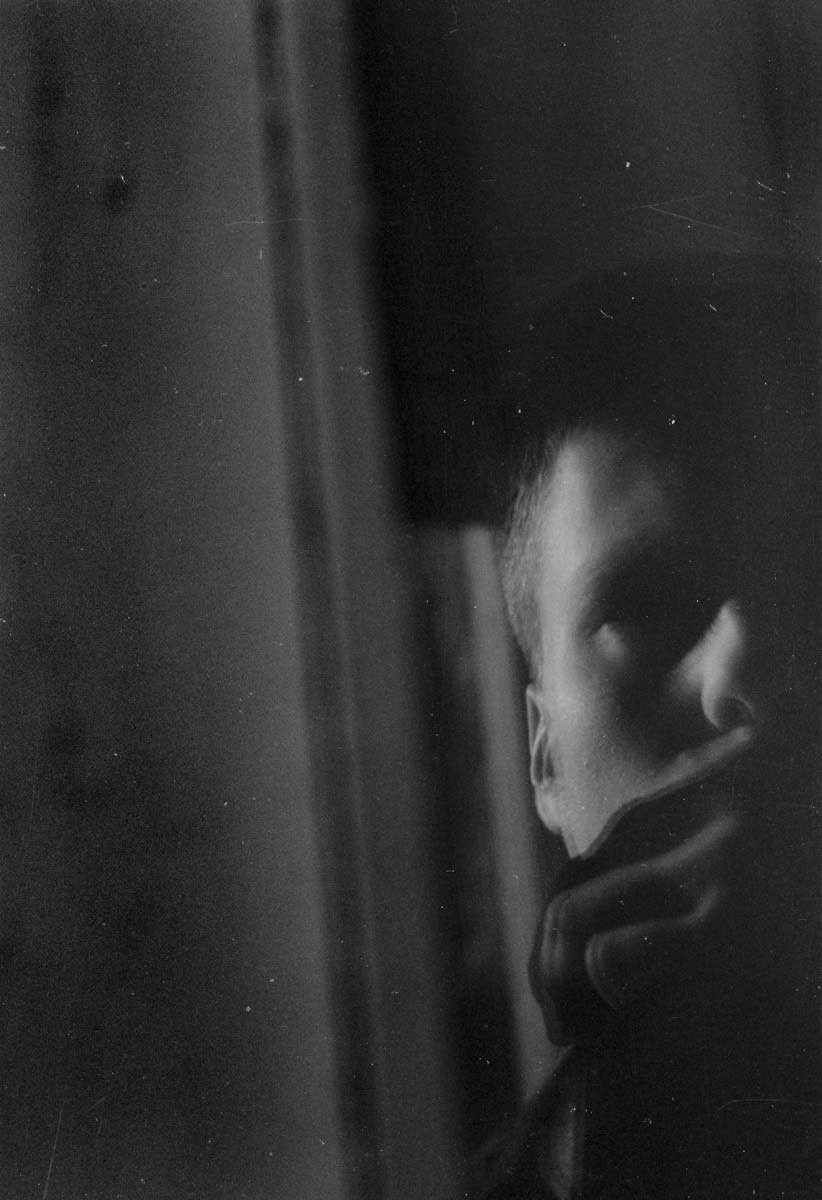
About Alnis Stakle
Alnis Stakle (1975, Latvia) is Latvian photographer, board member of Riga Photomonth, and the Professor of photography at the Rigas Stradins University (LV). He holds PhD in art education from Daugavpils University (LV). Since 1998, his works has been exhibited widely, including solo & group exhibitions at the Latvian Museum of Photography, Latvian National Museum of Art, Modern Art Oxford (GB), Art Center ‘Winzavod’ in Moscow (RU), Museo Nacional de Bellas Artes in Buenos Aires (AR), Centre for Fine Arts BOZAR in Brussells (BE), in addition to being held in private and public collections. His works has been published in British Journal of Photography, Wired, Camera Austria, EYEMAZING, IMAGO, OjodePez, Archivo, Leica Fotografie International, ect. [Official Website]
